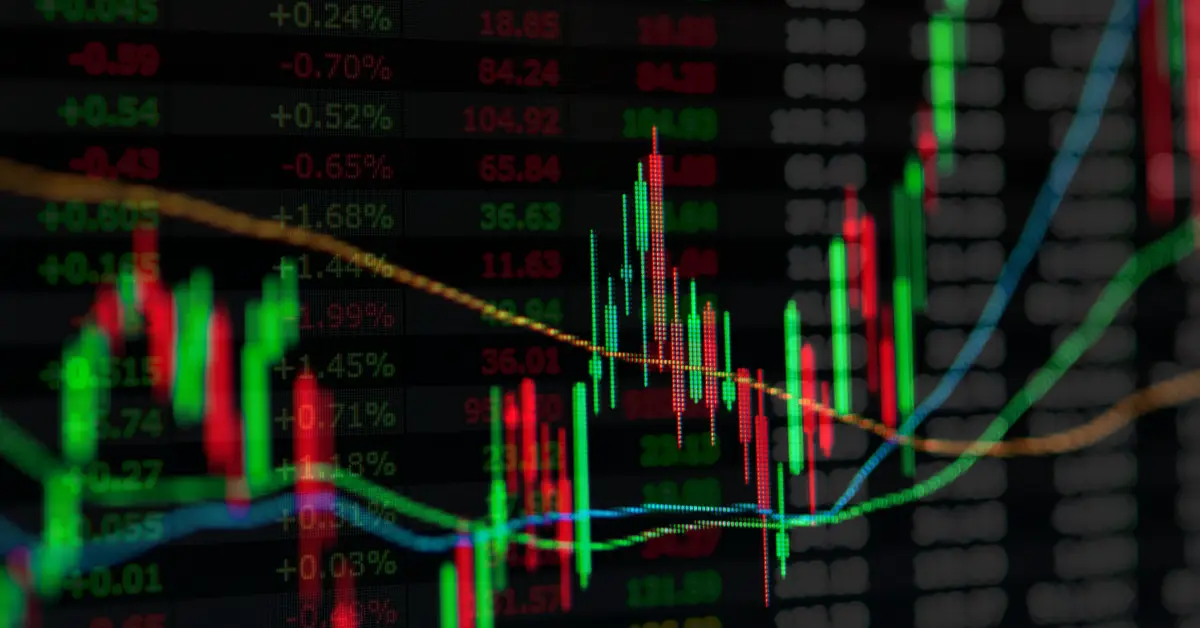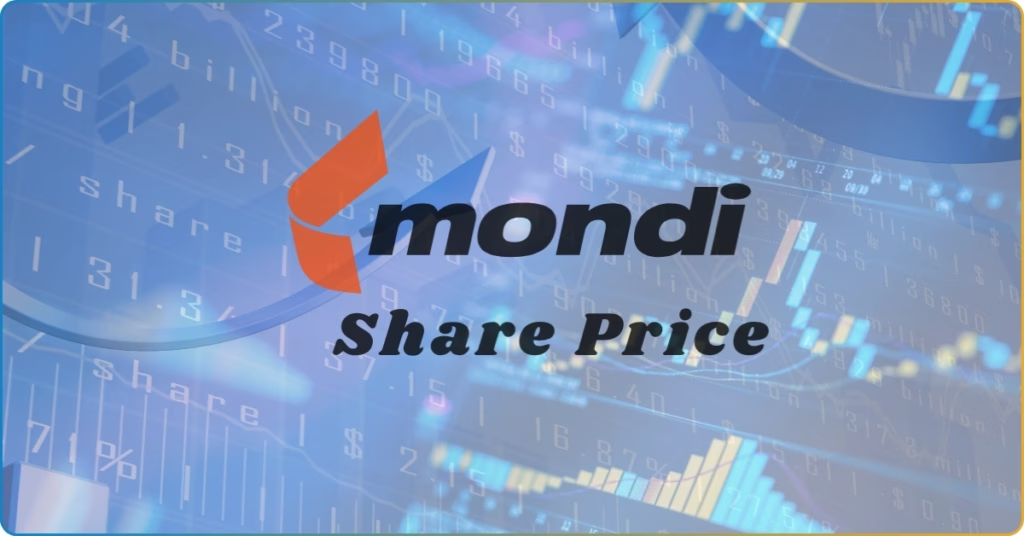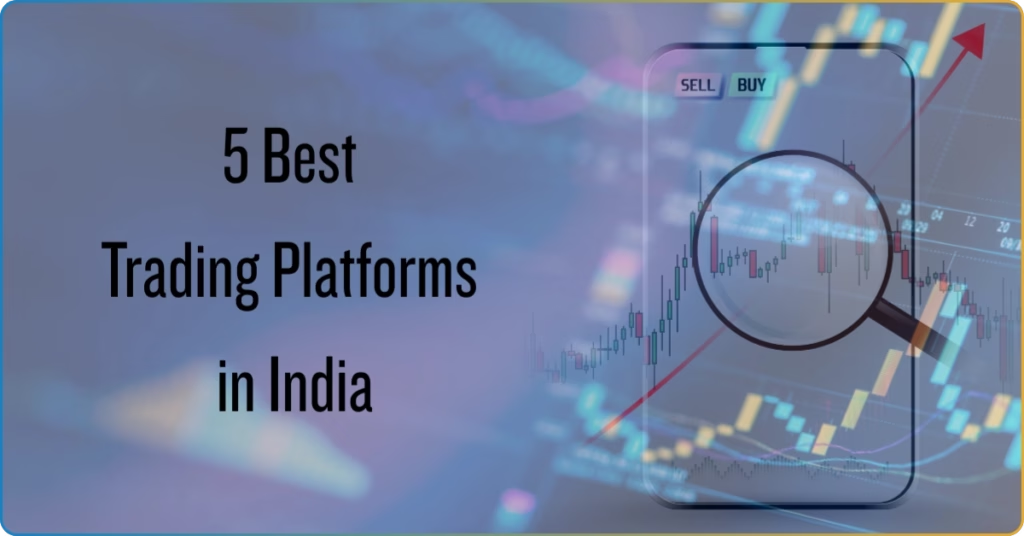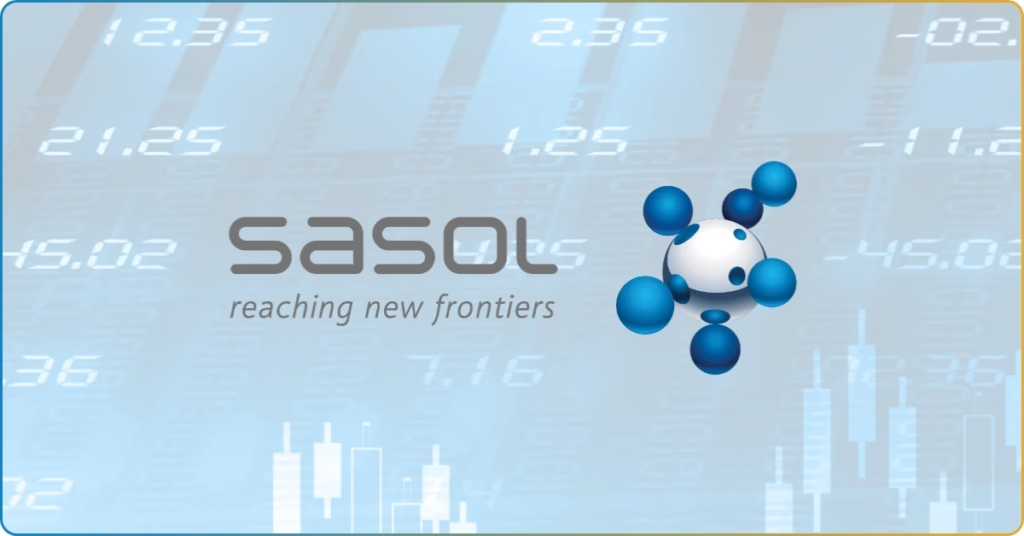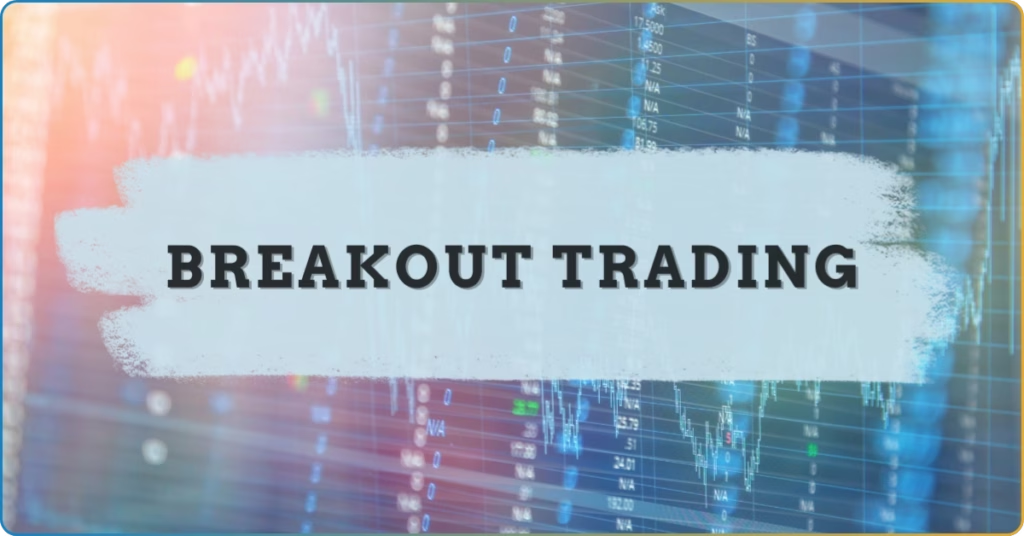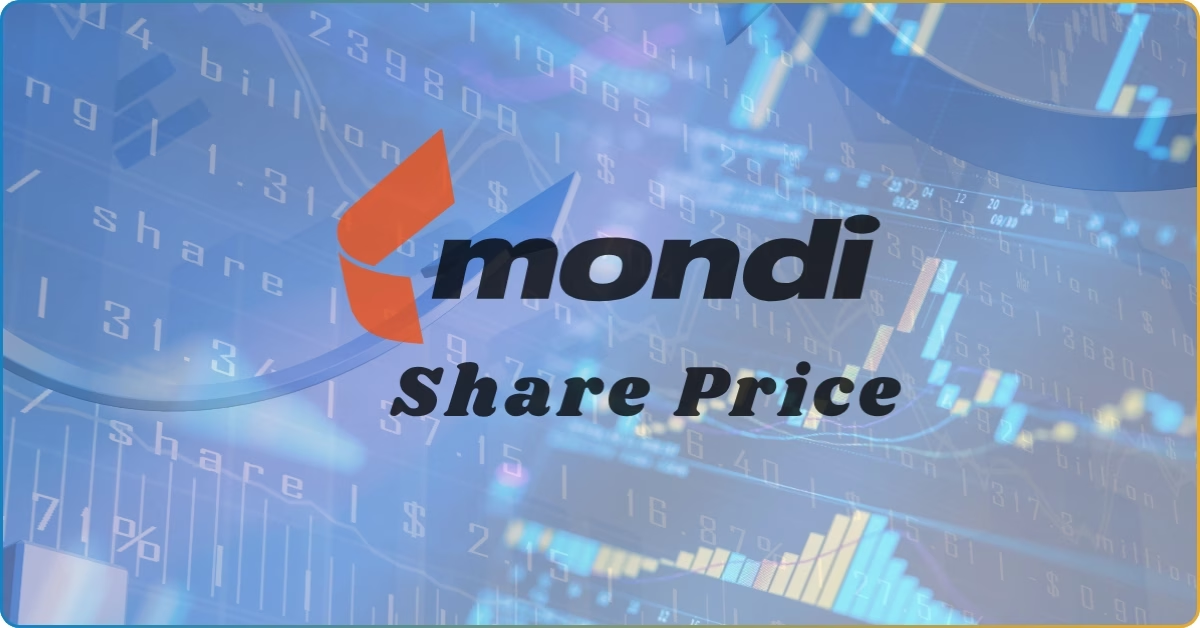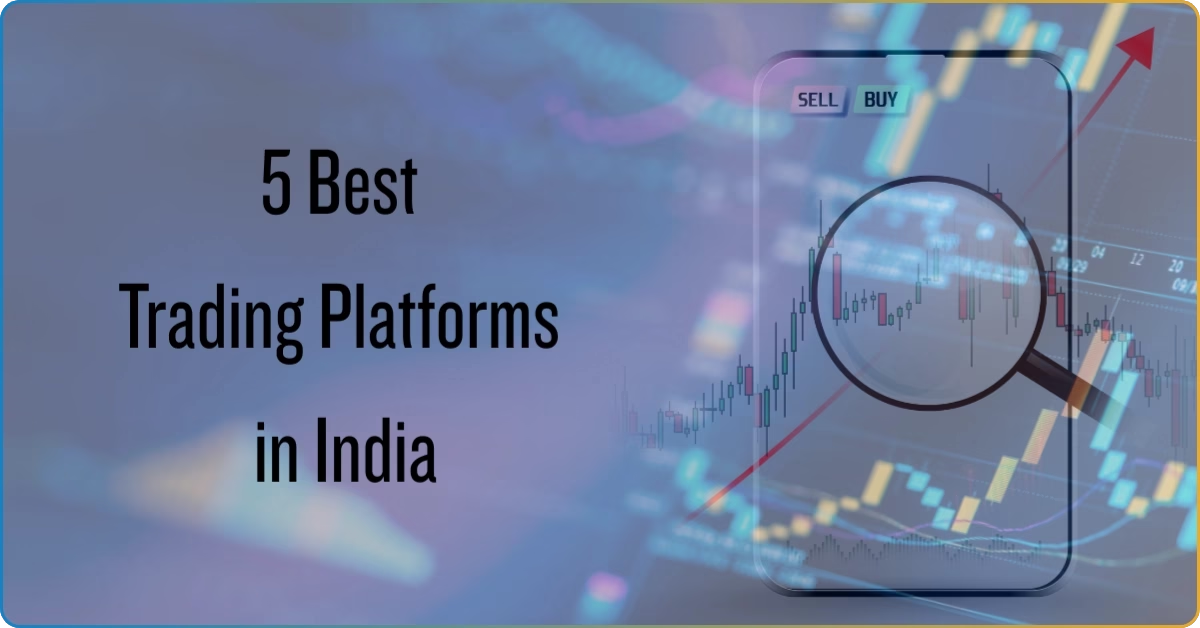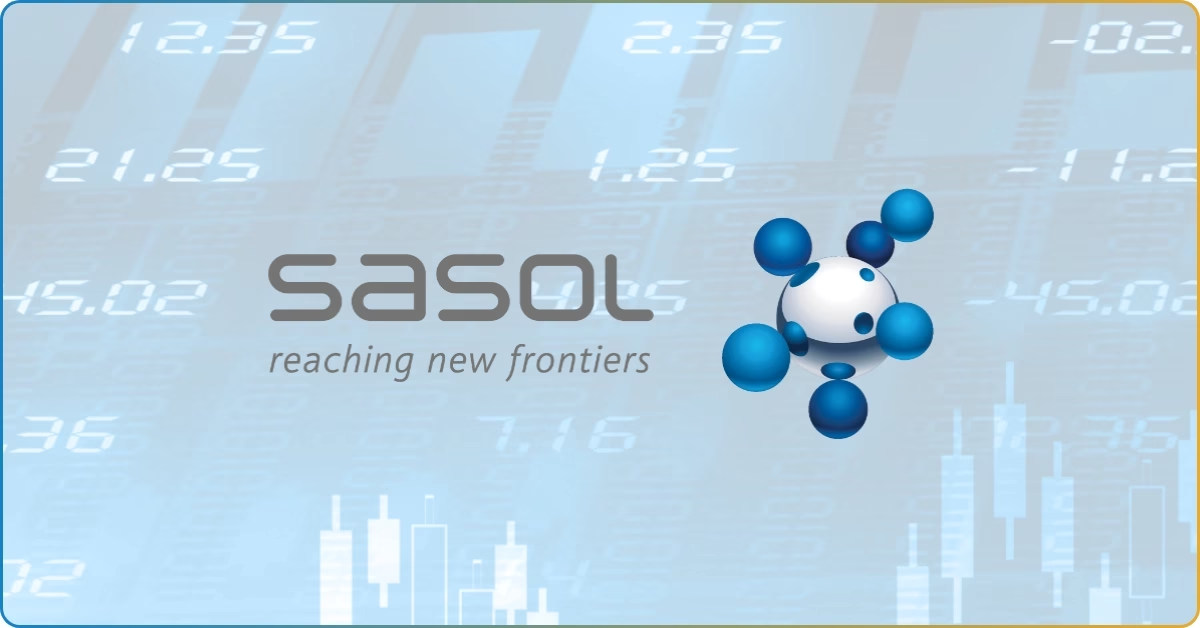One currency is worth more than the other. That’s a fact in the global economy.
Investors have found a way to profit from that fact of life through foreign exchange trading (forex trading). Forex trading happens when investors buy and sell currencies to get higher returns.
But truth be told, navigating the nitty-gritty of Forex trading is tough. In this blog, our experts will simplify the complicated concept of forex trading for beginners to kickstart their forex trading portfolio.
Forex Market Introduction: What Is Forex Trading?
Forex trading is the biggest global financial market. In fact, the daily average forex trading volume reached $7.5 trillion last 2022.
But what makes it so popular? It is the nature of being a decentralized and readily available marketplace that attracts traders to buy and sell currencies.

Irrespective of their investment size, all traders worldwide can access almost all the global currencies and maximize the ever-changing rates (flux) by strategically positioning their trades.
Another thing is the costs when trading forex is relatively cheaper. It’s a market that you can quickly enter, yet with low transaction costs and high leverage. But of course, it also comes with extremely high risks.
Liquidity Risks
The liquid nature of forex makes the market enticing to traders. With this liquid market, traders can:
- Trade at a favorable price due to tight spreads
- Execute trade quickly and efficiently
- Buy and sell assets without creating a significant impact on its price
- Enjoy flexibility in terms of trading strategies
However, liquidity can dry up quickly in a high-paced market like forex. And with dried-up liquidity, it’ll be difficult to exit a trade.
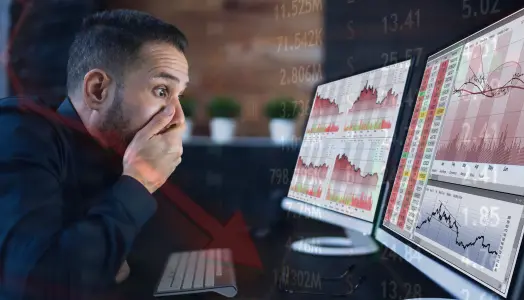
Failure to exit a trade may lead to unexpected investment losses due to market volatility, widened bid-ask price, or order slippage.
To ensure that your trade won’t fall into liquidity risk, use stop-loss order to exit trading positions in the case of a liquidity crisis.
Market Risks
Exchange rates or the market prices constantly change. With that, your investment is always at risk of market volatility.
Volatility is simply the large jump in the market price from the mean price. One of the common problems of traders is their inability to mitigate volatility or market risks.
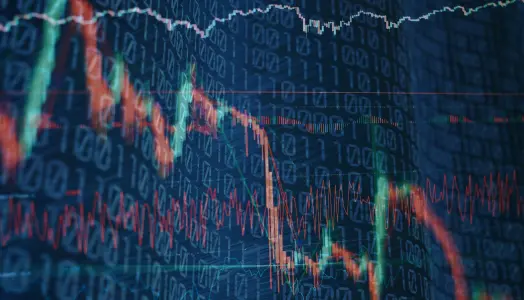
Studying forex market analyses is the most basic strategy to lessen the market risk; it’ll you make informed decision that would potentially yield high returns.
With technical analysis, you can gauge the potential price movement based on the historical data, indicators, oscillator, and market patterns. On the other hand, fundamental analysis allows you to factor in economic fundamentals that greatly affect the market.
Key Terms Every Trader Must Know
Rashly diving right into the trading scene without studying the dictionary is the common mistake beginner traders tend to make.
Aside from its associated risks, forex trading is also confusing. To master the market and make smart trading decisions, you must familiarize yourself with these Holy Grail trading terms.
- Bid/Ask Price: All currency pairs have two rates- the bid and ask price. The bid price is the highest amount a buyer can pay for the asset. Meanwhile, the ask price is the lower amount the seller is willing to accept for the asset.
- Consolidation: This is the period of range-bound movement that happens after the market moves in one direction extensively.
- Currency Pair: Currency pair is the quoted value of two different currencies. The currency pairs have two currencies: the base and counter-currency. Since the forex market takes advantage of the worth difference of two currencies, all trades must be in currency pairs.
- Exchange Rate: The exchange rate is the price of a currency when converting to another currency.
- Leverage: Leverage is a way for traders to open and control a larger position with a small investment. However, leverage also magnifies losses.
- Margin: The margin is the money that the trader must fund their broker to open the trading position. The margin acts as collateral that covers the potential investment losses that may occur.
- PIP: Percentage in points (PIPs) is among the variables to calculate profits or losses. The pips are the slightest rate change between the bid and ask prices.
- Resistance and Support: Both these are essential terms of technical analyses. Resistance is the stock’s historically highest price, while support is the lowest of the stock.
- Spread: The difference between the buyer’s bid price and the seller’s ask price is the asset’s spread
Understanding Currency Pairs: Major, Minor, and Exotic
Major Currency Pairs
The major currency pairs are the ones that have a base currency of the U.S. dollar. USD currently holds the position of the largest economy in the world as the U.S. is considered economically and politically stable.
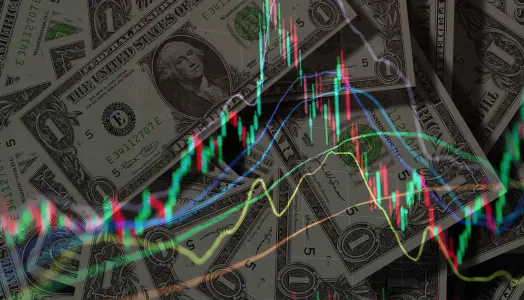
Hence, combining the U.S. dollar with other equally stable currencies will make you less likely to suffer volatility risks.
- EUR/USD (Euro, U.S. dollar)
- USD/JPY (U.S. dollar, Japanese yen)
- GBP/USD (Pound, U.S. dollar)
- USD/CHF (U.S. dollar and Swiss franc)
- USD/CAD (U.S. dollar and Canadian dollar)
These pairs are among the most traded currencies in the forex market. The primary reason traders lean into trading with major currency pairs is that these pairs have narrower spreads and are easy to enter due to demand and liquidity.
Fun fact: Over 50% of forex trades have a base currency of the U.S. dollar. That’s around $3.75 trillion daily!
Minor Currency Pairs
Minor currency pairs are also referred to as cross-currency pairs. Technically, the pairs in this department are classified into two categories: major and minor crosses.
- EUR/GBP (Euro, Pound)
- EUR/AUD (Euro, Australian dollar)
- GBP/JPY (Pound, Japanese yen)
- CHF/JPY (Swiss franc, Japanese yen)
- NZD/JPY (New Zealand dollar, Japanese yen)
- GBP/CAD (Pound, Canadian dollar)
- EUR/CHF (Euro, Swiss franc)
The pairs in this department also include the major currencies, but unlike major currency pairs, cross-currency pairs don’t include the U.S. dollar. Instead, it has other major currencies like the Japanese yen, the euro, or the British pound.
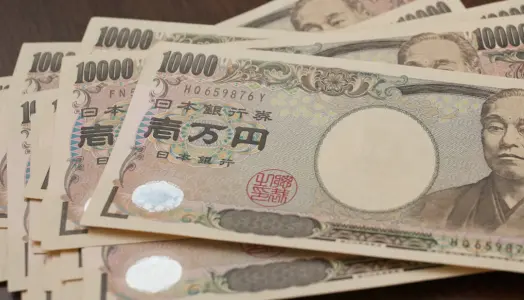
If you like trading in a highly liquified market with a tight spread, trading minor pairs may not be for you.
However, if you prefer a less crowded market and diversification, you’ll like minor currency trading, including currencies like the Canadian dollar, Swiss franc, and Australian dollar.
Exotic Currency Pairs
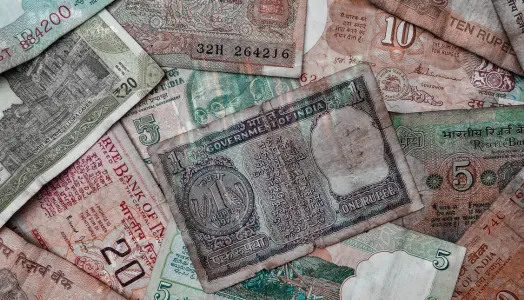
Exotic currency pairs include major or minor currencies and the currency of an emerging or developing market. These pairs are the least traded currencies in the forex market, making them less liquified and insignificant in global trading activities.
- EUR/TRY (Euro, Turkish lira)
- GBP/ZAR (Pound, South African rand)
- AUD/MXN (Australian dollar, Mexican peso)
- USD/THB (U.S. dollar, Thai baht)
- JPY/NOK (Japanese yen, Norwegian krone)
- USD/PLN (U.S. dollar, Polish zloty)
- EUR/NOK (Euro, Norwegian krone)
- JPY/TRY (Japanese Yen, Turkish Iira)
Also, exotic trading will open you to opportunities not attainable in major or minor pairs.
However, since these non-major currencies are yet to develop and establish economic and political stability, trading these pairs is risky due to the elevated volatility and the potential political risks.
How To Trade Forex: Basic Steps to Start
Choosing A Reliable Broker
Finding the right brokers that fit your preferences and needs will be the most challenging task when starting your trading journey.
There is an overwhelming number of brokerage firms and financial services across the world. In fact, FINRA alone has almost 700 thousand registered financial services.
With that, new traders are often left in the middle; confused about which one is fair, reliable, and of course, not unscrupulous.
To choose a reliable broker, make sure to invest time and effort in researching the firm’s regulations and reviews. Remember, getting first-hand feedback from the community of online traders themselves will put you on a much safer spectrum of this task.
Choose Trading Platform
After narrowing down your preferred brokerage firm, the next thing you should consider is the forex trading platforms it offers. The most common third-party trading platforms are:
| Forex Trading Platform | Best Features | Features To Improve |
|---|---|---|
| MetaTrader 4 | Beginner-friendly Geared for forex trading Compatible with Mac, Windows, Linux, iOS, and Andriod | Charting package Execution speed Automated trading on web platform Security |
| MetaTrader 5 | User-friendly navigation Analytical tools Economic calendar | Unavailable hedging for exchange market Intimidating advanced features and tools for beginner |
| cTrader | Quick and efficient execution User-friendly navigation Available for Windows, web trading application, and mobile application | Learning curve for beginner traders Limited customization Limited brokerage service availability. |
The first thing to look for is the user-friendliness of the platform. Given that you’re a beginner, you must look for customizable platforms. That way, you won’t be drowned in the complex features of the platform and won’t be able to execute trades.
Also, look for a brokerage firm with tools and features to help you grow as a trader. Choose one with demo accounts, educational resources, and prompt customer support.
Note: Some brokerage firms developed their own trading platforms with more advanced user interfaces, features, and security.
Beginner-Friendly Forex Trading Strategies
Breakout Strategy
A breakout occurrs when the asset’s price movement exceeds the expected support and resistance area.
In this strategy, you must identify the key level of support and resistance while being able to place trade when a breakout happens.
To identify the trends in the market, you must be familiar with these two types of breakouts- the continual breakout and reversal breakout.
| Continuation Breakout | This happens when the market pauses after an extensive movement (either upward or downward) in one direction. This breakout trend helps traders make informed strategies for entering a long-term position. |
| Reversal Breakout | This happens when there is an apparent market sentiment change. This trend benefits traders when strategizing exiting a trade position. |
Moving Average Crossover Strategy
The moving average crossover strategy is the most popular and simple forex trading strategy that could tell you when to enter and exit a trade. Through this strategy, you will be aware of the upcoming trend changes.
Knowing the potential changes in the trend gives you better chances to enter trades in a good position, which means bigger and more pips.
In this strategy, you must be familiar with the two moving averages (MA):
- Exponential MA (EMA): This analysis focuses more on the recent prices rather than the older ones. This strategy is more useful to short-term traders in quickly identifying trends.
- Simple MA (SMA): This analysis focuses on the prices set in a specified time period. This strategy is less volatile than the other as it identifies the support and resistance of the asset.
Conclusion
Understanding the basics of forex trading can be daunting because of the complex and risky nature of the forex market. But remember, knowledge is your best weapon and shield in online trading.
By learning the ins and outs of the forex market, you can kickstart your forex trading journey confidently. With TRU Insights, all traders are empowered to make the most informed forex trading decisions.

